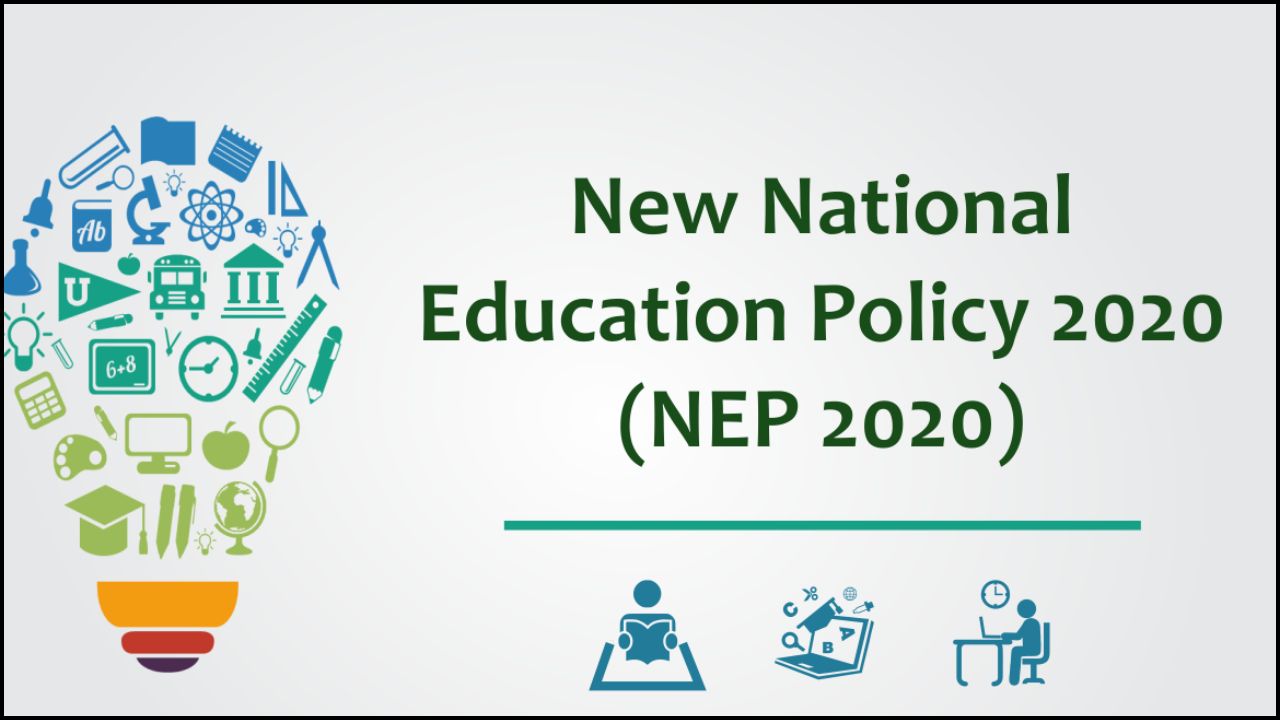
Teacher education in India has seen a gradual transformation over the years through continuous policy reforms and institutional development. The foundation of today’s teacher education system is based on the findings and recommendations of various national commissions and committees.
These include the Kothari Commission (1966), Chattopadhyay Committee (1985), National Policy on Education (1986/1992), Acharya Ramamurthi Committee (1990), Yashpal Committee (1993), and the National Curriculum Framework (2005). The Right of Children to Free and Compulsory Education (RTE) Act, 2009, has brought significant changes in the teacher education landscape since its enforcement in 2010.
Table of Contents
Historical Foundations of Teacher Education
- Kothari Commission (1966) emphasized a systematic and scientific approach to teacher training.
- The Chattopadhyay Committee (1985) highlighted the need for professional standards in teaching.
- NPE (1986/92) introduced reforms to improve quality and access in teacher education.
- Acharya Ramamurthi Committee (1990) focused on decentralization and teacher autonomy.
- Yashpal Committee (1993) pointed out the disconnect between theory and practical training.
- NCF (2005) reshaped the curriculum for modern educational needs.
- The RTE Act (2009) made teacher qualifications and training mandatory, reinforcing quality teaching standards.
Legal and Institutional Framework
Teacher education in India operates under a collaborative federal model. While the central government sets the policy and legal guidelines, the responsibility for implementation lies mostly with state governments.
Main Objectives of Teacher Education
- Pre-service training aims at preparing new teachers before entering the school system.
- In-service training focuses on enhancing the skills of existing teachers.
Central-Level Institutions and Their Roles
| Institution | Role in Teacher Education |
|---|---|
| NCTE | Develops norms, standards, and regulates teacher education courses. |
| NCERT | Designs training modules, conducts national-level teacher training. |
| REIs | Functions under the NCERT focus on regional teacher training. |
| NUEPA | Provides policy research and planning support for teacher education. |
State and District-Level Structures
| Level | Institutions | Responsibilities |
|---|---|---|
| State | SCERTs, CTEs, IASEs | Develop training content, conduct workshops, and train teacher educators. |
| District | DIETs | Deliver pre-service and in-service training at the district level. |
| Block | BRCs | Organize local teacher support and training activities. |
| Cluster | CRCs | Offer last-mile training and classroom support to school teachers. |
Pre-Service Teacher Training
- Regulated by NCTE to ensure consistency in quality.
- Courses include Diploma in Elementary Education (D.El.Ed), Bachelor of Education (B.Ed), and Master of Education (M.Ed).
- Minimum qualifications for student-teachers and educators are fixed by NCTE.
- Institutes require recognition from NCTE before offering teacher education programs.
In-Service Teacher Training Network
India has developed a multi-tier structure for in-service teacher training:
- National level: NCERT and NUEPA offer standard modules and training programs.
- State level: SCERTs adapt national content and organize state-wide workshops.
- District level: DIETs act as nodal points for training primary and upper-primary teachers.
- Block and Cluster level: BRCs and CRCs ensure regular and context-based teacher support.
Types of Teacher Training Institutions
| Level | Institution | Primary Focus |
|---|---|---|
| National | NCERT, NUEPA | Curriculum development, policy support, and national training. |
| Regional | REIs | Region-specific curriculum delivery. |
| State | SCERTs, CTEs, IASEs | Pre-service and in-service training, capacity building. |
| District | DIETs | Entry-level teacher training and refresher courses. |
| Block/Cluster | BRCs/CRCs | Classroom-based and practical teacher support. |
Important Features of Teacher Education Policy
- Standardization of qualifications ensures that only eligible candidates enter the profession.
- Recognition of institutions prevents substandard programs from operating.
- Monitoring and regulation are done through periodic inspections and academic audits.
- Focus on continuous development encourages lifelong learning among educators.
Challenges in Teacher Education
- Uneven quality across states and districts.
- Shortage of trained faculty in teacher education institutions.
- Infrastructure gaps in rural and remote areas.
- Resistance to change in adopting new teaching methods and digital tools.
- Inconsistent monitoring reduces the effectiveness of regulation.
Recent Developments and Reforms
| Reform Area | Recent Actions |
|---|---|
| Digital Training | Introduction of DIKSHA portal and SWAYAM courses for teachers. |
| NEP 2020 Implementation | Revamp of teacher education with a four-year integrated B.Ed program. |
| Accreditation Push | More focus on the accreditation of teacher education institutions. |
| Focus on Multilingualism | Emphasis on training teachers to handle diverse linguistic classrooms. |
Role of Civil Society and Private Institutions
- NGOs and educational foundations conduct innovative teacher training programs.
- Private teacher training colleges add capacity but require stronger regulation.
- Public-private partnerships help in bridging gaps in training delivery.
Impact of the RTE Act on Teacher Education
| Requirement | Impact |
|---|---|
| Qualified Teachers Mandate | Increased enrollment in recognized teacher education programs. |
| Continuous Professional Development | Teachers are required to attend regular training sessions. |
| Student-Teacher Ratio Compliance | Boost in demand for trained teachers, especially in rural areas. |
Key Takeaways
Teacher education in India stands as the backbone of a quality schooling system. Reforms over the decades have created a robust structure that caters to the diverse educational needs of the country. Strong institutional networks and regulatory bodies ensure that teachers are both qualified and continually improving. With the implementation of the NEP 2020 and digital advancements, the future of teacher education is poised for deeper transformation.





